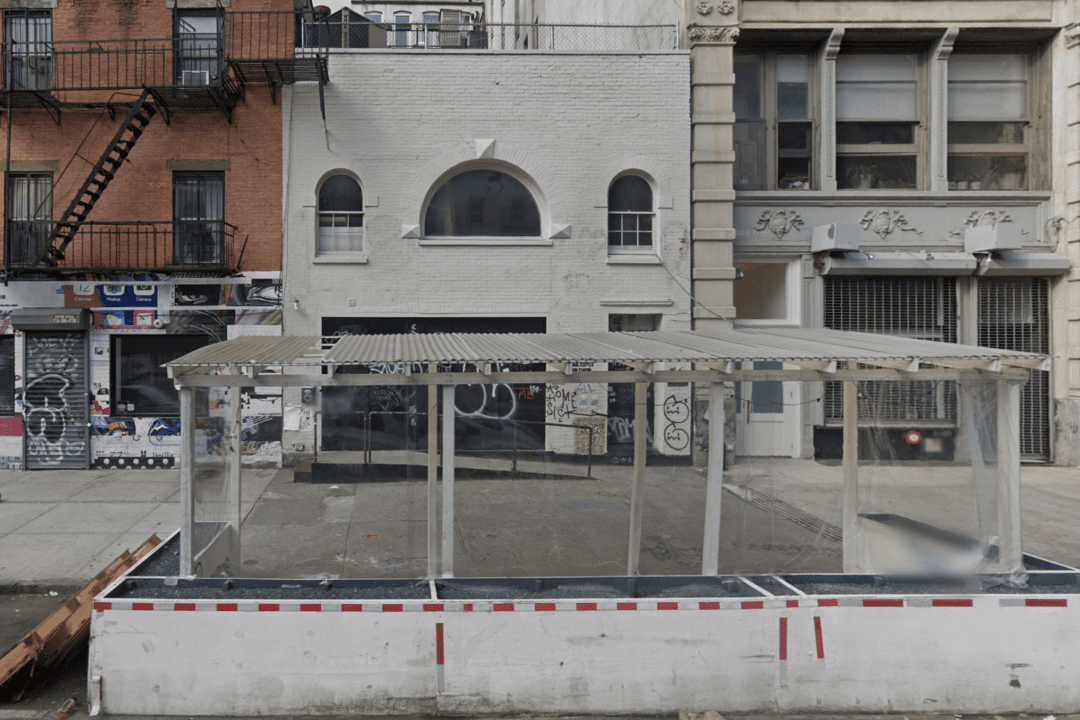With its historical significance as a former studio space for Basquiat during the 1980s, the building holds cultural importance. Despite initial concerns that Ms. Jolie might alter the facade upon opening her fashion venture, Atelier Jolie, she has demonstrated respect for the city’s street art tradition. Artists have been allowed to continue using the space as a canvas, paying homage to Basquiat and contributing to the city’s vibrant cultural landscape.
Suspicions regarding the identity of the perpetrator have centered around artist Roberto Palacio. Although Mr. Palacio’s cryptic social media posts hint at involvement, but he has not explicitly claimed responsibility. Despite the disruptions caused by the vandalism, artists remain resolute in their commitment to their craft, vowing to persevere and revitalize the space.
The History Behind the Building
The building in question boasts a rich and varied history from the 19th century. Initially constructed between 1860 and 1868 as a horse stable for Benjamin Bailey, it underwent subsequent renovations by John Dunn, who operated a furniture store and auction house there until 1901. A delve into its past by Village Preservation in 2012 unveiled intriguing details: it served as the headquarters of the notorious Five Points Gang, led by mobster Paul Kelly, who utilized the New Brighton Athletic Club within the premises. Reports from 1905 document a tumultuous incident, termed a “desperate fight,” resulting in injuries and a fatality within the building. Throughout the 20th century, it remained entwined with mob activities.Transitioning through various uses, the building gained contemporary prominence as the residence and studio of Basquiat. Village Preservation recognized its significance in 2016, commemorating it with a plaque. Basquiat, a prominent figure in the 1970s and 1980s downtown art scene, challenged artistic norms, blending graffiti art with traditional painting styles. He collaborated with Andy Warhol, who acquired the property at 57 Great Jones Street along with the adjacent building at 342 Bowery in 1970, and leased the former to Basquiat as both a living space and a creative sanctuary.
Basquiat met his untimely demise at the age of 27 due to a heroin overdose on Aug. 12, 1988. For years, the building’s facade bore witness to homage-paying graffiti celebrating Basquiat’s artistry, adorned with messages and tags from his contemporaries, notably his tag “SAMO.” However, the walls were eventually scrubbed clean, leaving it unassuming to passersby.







